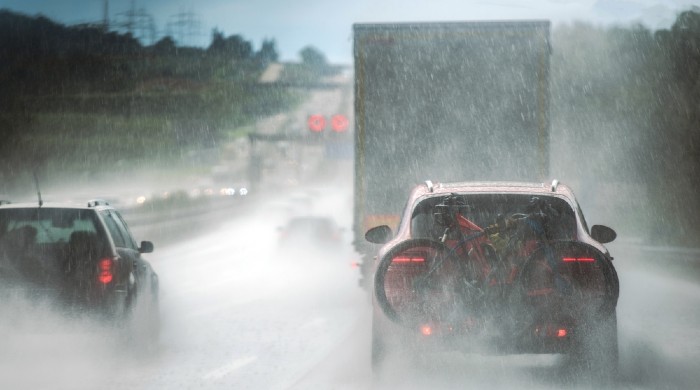
Weather can be very unpredictable, especially in Missouri. One day, it might be sunny, warm, and dry. The next, it might be rainy, foggy, and cold. Our summers are hot and humid, while our winters can be bitterly cold. Large commercial truck drivers must be aware of the weather conditions they are driving in, keeping public safety in mind.
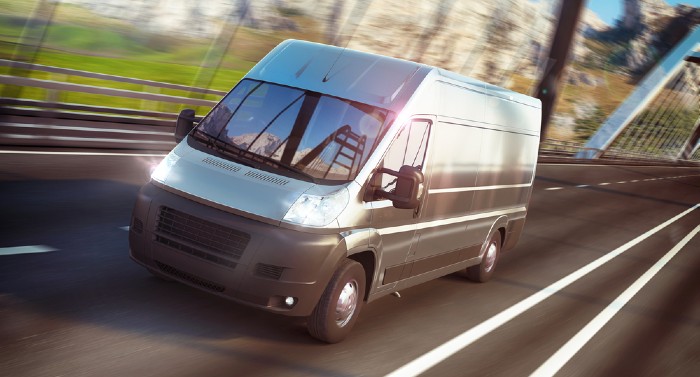
The increased demand for delivery means it can be complex as to who is the liable party when you are in an accident with one of Amazon’s delivery vehicles.

Large commercial trucks carry goods from one place to another; they are essential to our communities’ economy. They also make up approximately 13% of all motor vehicles on our roadways. Accidents happen and, like automobile accidents, large truck accidents are a common type of roadway accident.
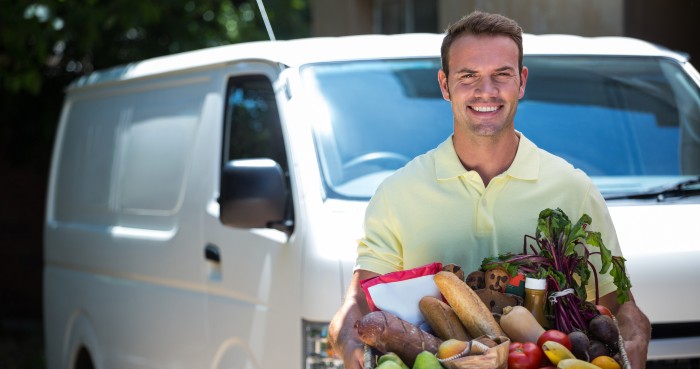
The popularity of having groceries delivered has grown tremendously. Instacart, Shipt, Peapod and many others make it easy to buy from Aldi’s, Hy-Vee, Price Chopper, Sprouts and more. The appeal: contactless delivery, social distancing, and avoiding long check-out lines and crowded stores. It is, however, a popular convenience that means more delivery drivers on our Kansas City roads.
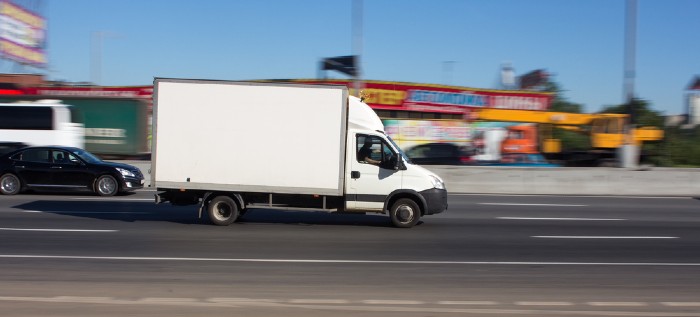
Online shopping has become a way of life. Delivery of goods, which now includes groceries, fast food, prescriptions and more, saves us from risking possible COVID-19 exposure. The delivery truck experience is contactless, convenient and allows us to social distance.

Semitruck accidents (those involving a large commercial truck) are often more devastating than passenger car accidents. Why? Large commercial trucks weigh, on average, 80,000 pounds, whereas an average four-door passenger vehicle is around 3 to 4,000 pounds. When these two types of vehicles collide, the types of injuries suffered can be quite severe, sometimes fatal.
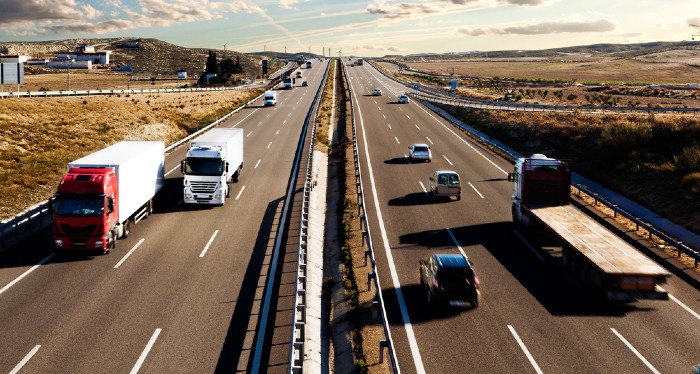
Did you know, approximately, 5,000 people in passenger vehicles die every year in car accidents involving semitrucks? An accident with a large commercial truck can be devastating. Unfortunately, many drivers do not understand how to safely maneuver around these big rigs and stay safe on the road.
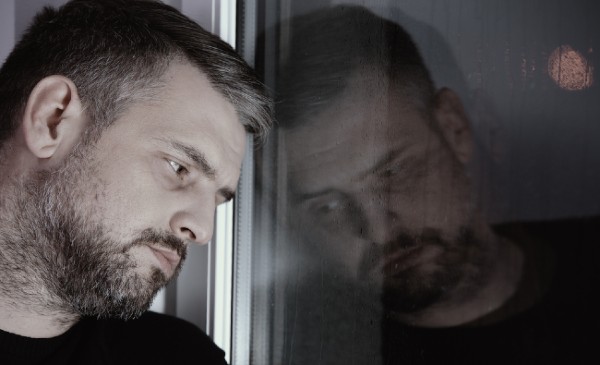
After a serious truck or car accident, you may focus on the physical injuries. You can see them; others can see them. It is obvious that you have been hurt in the accident. What is not so obvious; however, are any psychological or emotional trauma suffered. such as anxiety or depression. Mental health issues related to accidents are common yet may not arise for days or weeks or longer hiding beneath frustrations and stress.
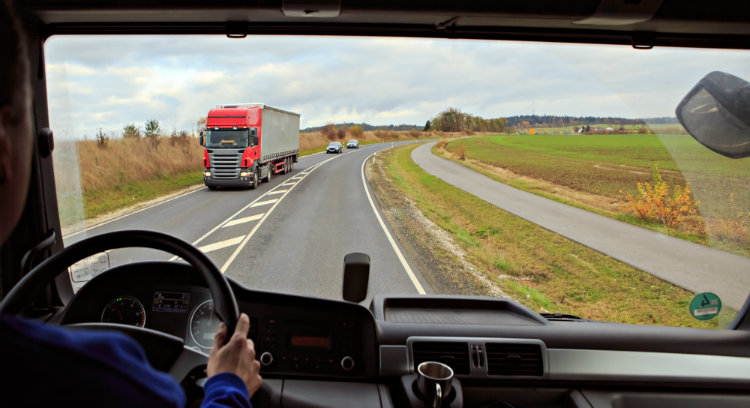
The Federal Motor Carrier Safety Administration (FMCSA) regulates and monitors trucking companies throughout the United States, setting forth regulations governing commercial motor vehicles and trucking companies.
Within the FMCSA Regulations are a set of rules referred to as Hours of Service (HOS). These regulations govern commercial truck drivers and the hours they work and drive.
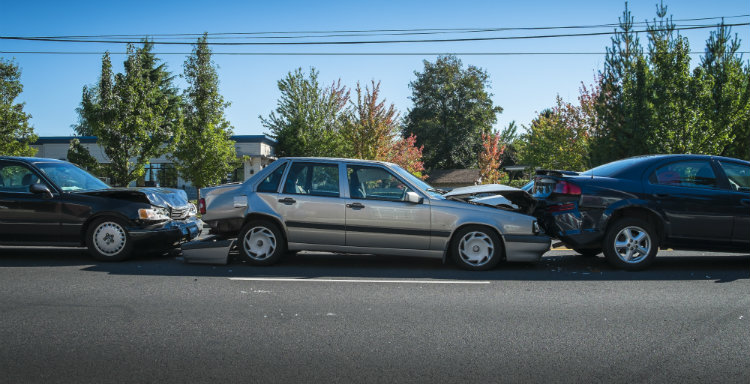
Multi-vehicle accidents, often referred to as chain reaction crashes, typically involve three or more vehicles colliding in a “chain” of rear-end impacts. Typically, in a rear-end accident between two cars, we assume that the driver who does the rear-ending is at fault, but that is not necessarily the case in a chain reaction accident. Liability in these types of collisions isn’t always so straightforward, so how do you determine who is at fault or liable?